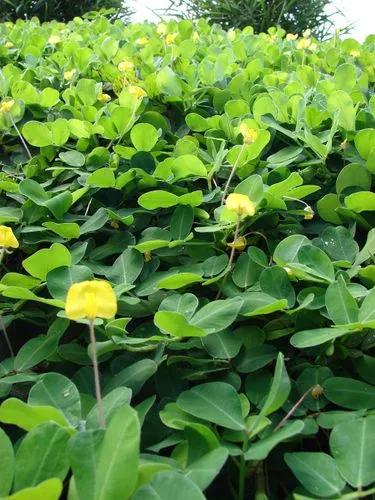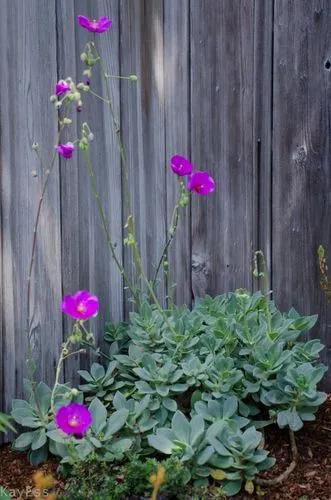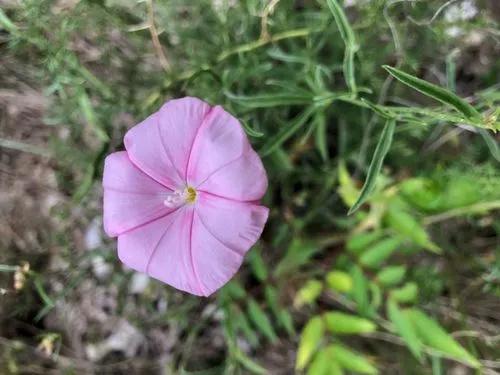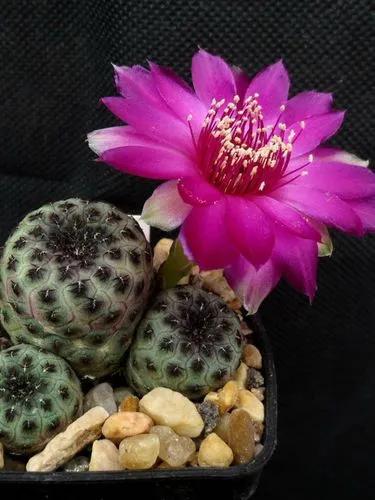Laburnum alpinum is similar to Laburnum anagyroides, it grows to 5 metres (16 ft) by 6 metres (20 ft), at a fast rate. It is hardy to zone 5. It is in flower from May to June, and the seeds ripen from September to October. The panicles of vanilla scented, pea-like flowers are hermaphrodite (having both male and female organs) and are pollinated by insects. The fruit is a pod or legume, the seeds green at first but becoming shiny black. The leaves are cholagogue and purgative. All parts of this plant are poisonous if consumed in large enough quantities and should not be eaten or used internally.
Scotch Laburnum Care
Laburnum Alpinum



What is the plant
How to Care for the Plant

Water

Water moderately all year long, waiting for the substrate to dry; slightly increase watering in summer.

Pruning

Prune lightly in late winter if grown as shrubs or to maintain compact growth.

Fertilizer

Fertilize with compost or manure in late winter or fall
Ease your plant care routine with PlantIn's personalized system.

Sunlight

The Laburnum alpinum needs a semi-shade exposure, preferably facing north. They resist frost well.

Soil

They grow in any type of soil but favor slightly clayey soils that contain organic matter. Planting is done in early spring.

Popularity

43 people already have this plant 16 people have added this plant to their wishlists
What's wrong with your plant?
Related Plants
Discover more plants with the list below
Popular articles






